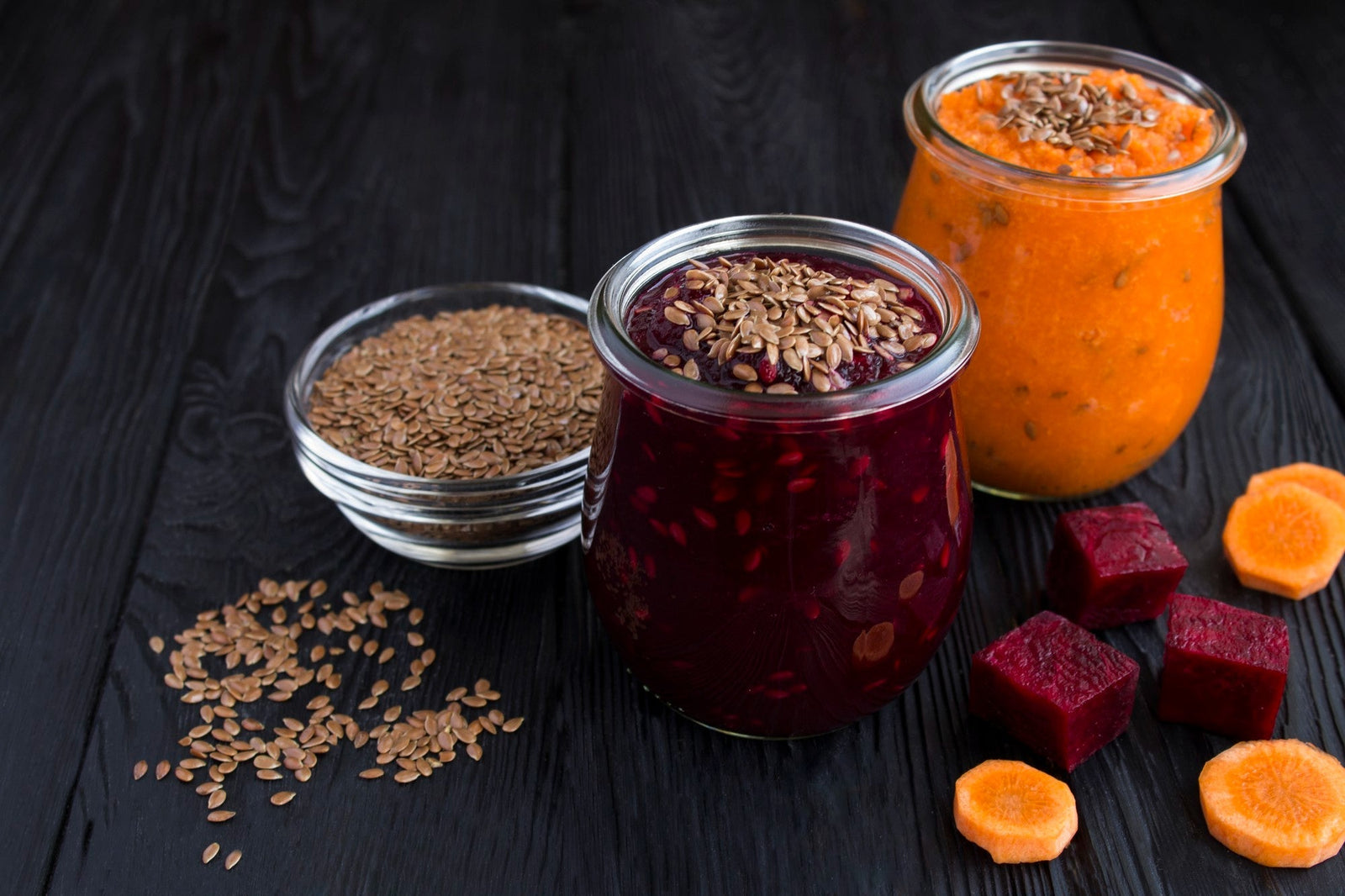
December 08, 2020 2 min read
Oats are a type of cereal grain that has been cultivated by farmers around the world for centuries. Not only are oats harvested in different regions, but also in different climates due to their ability to withstand poor soil conditions. In today’s market, oats can be purchased in a variety of forms such as whole oats, steel cut oats, rolled oats, oatmeal, oat bran, or even as oat flour. In this week's blog, we will talk about the origin of oats and how they are grown.
Origin of rolled oats
Oats, or Avena Sativa, are said to have originated in the middle east. Oats are an annual plant, usually planted in early autumn to be harvested in the spring. Oats are a very popular plant to grow, and they can be used for many things. Most skin creams are made using oats, as they contain avenanthramides, which are a naturally soothing ingredient. This ingredient is used in most lotions and anti-itch creams to soothe the skin and calm any redness.
Oats are most commonly used to make oatmeal or porridge. This is a very nutritious meal that contains lots of vitamins and minerals. Oatmeal is eaten almost everywhere, as it is a simple and inexpensive food. Oats are also used to make milk, flour, bran, and much more. Our certified organic oat products are a great addition to any pantry. Read our next blog to learn more about our oats!
❤ Try our USDA certified organic Organic Oats ❤
Related Blogs:
Thanks for reading this Be Still Farms Blog article. To sign up for more news/articles and/or recipes, click here. For more about us, click here. To shop our certified organic products, click here.
Please comment and share and we look forward to serving you in the future!
Comments will be approved before showing up.

January 27, 2025 3 min read
Flaxseed, the tiny yet powerful superfood, is packed with nutrients that can support weight loss. From curbing hunger to stabilizing blood sugar, this guide dives into the science of how flaxseed can help you shed those extra pounds.

December 11, 2024 3 min read
Discover three quick and easy soup recipes featuring organic small red beans. From a classic vegetable soup to a creamy potato blend, these wholesome recipes are perfect for chilly days and busy weeknights. Packed with flavor and nutrition, these soups will warm your heart and soul this winter!

December 06, 2024 3 min read
This vibrant and nutritious Green Lentil Salad combines tender lentils with grilled chicken, fresh vegetables, and a zesty lemon dressing. Packed with protein, fiber, and essential vitamins, it’s the perfect healthy meal for any time of day.
© 2025 Be Still Farms- Real, Fine Organics.
Privacy | Terms | Refund Policy | Organic Certification
